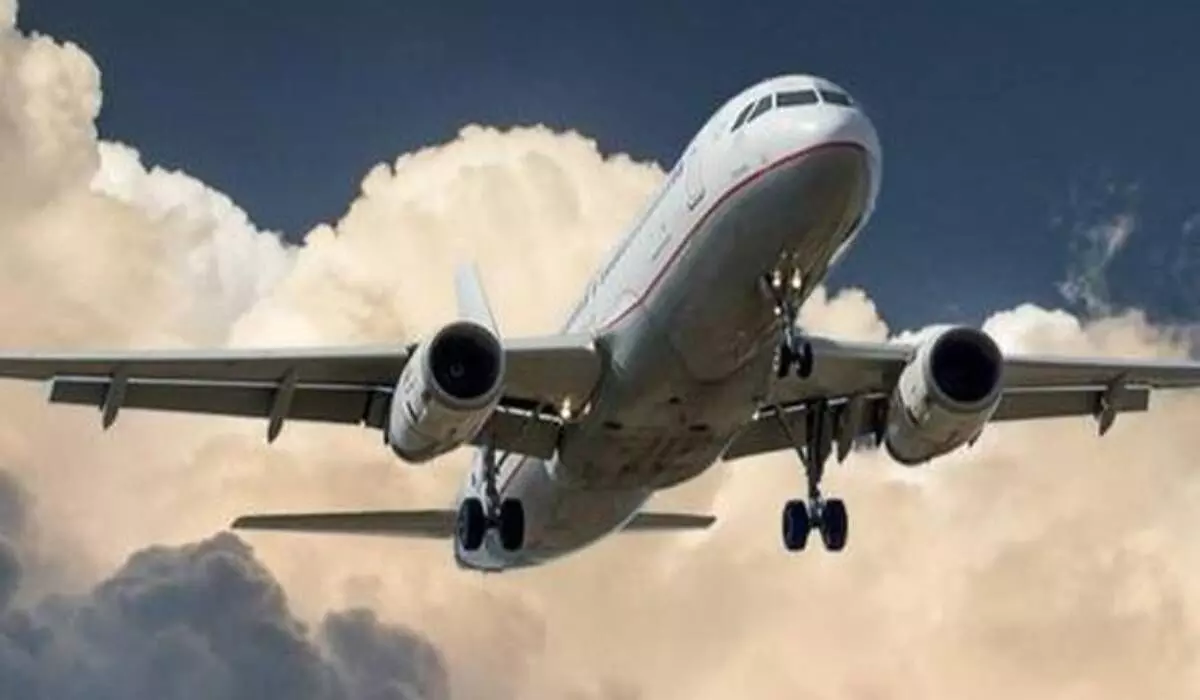Air transport industry continuesto be topsy-turvy
The air transport industry will likely post a loss of nearly $ seven billion in 2022 and deliver a profit of $ 4.7 billion in 2023. This is a remarkable performance when one looks at the $ 138 billion loss in 2020.The International Air Transport Association (IATA) expects the overall traveler numbers to reach 4.0 billion in 2024 (counting multi-sector connecting trips as one passenger), exceeding the pre-Covid-19 levels (103% of 2019).Expectations for the shape of the near-term recovery have shifted slightly, reflecting the evolution of government-imposed travel restrictions in some markets. IATA’s long-term forecast, however, is unchanged from what was expected in November, prior to the Omicron variant.
image for illustrative purpose

The air transport industry will likely post a loss of nearly $ seven billion in 2022 and deliver a profit of $ 4.7 billion in 2023. This is a remarkable performance when one looks at the $ 138 billion loss in 2020.The International Air Transport Association (IATA) expects the overall traveler numbers to reach 4.0 billion in 2024 (counting multi-sector connecting trips as one passenger), exceeding the pre-Covid-19 levels (103% of 2019).Expectations for the shape of the near-term recovery have shifted slightly, reflecting the evolution of government-imposed travel restrictions in some markets. IATA’s long-term forecast, however, is unchanged from what was expected in November, prior to the Omicron variant.
The trajectory for the recovery in passenger numbers from Covid-19 was not changed by the Omicron variant. People want to travel. And when travel restrictions are lifted, they return to the skies. The forecast for the evolution in passenger numbers gives good reason to be optimistic,” says an expert. The outlook for the evolution of domestic traveler numbers is slightly more pessimistic compared to November. While the US and Russian domestic markets have recovered, the same is not true for themajor domestic markets of China, Canada, Japan and Australia. As another expert rightly points out, the biggest and most immediate drivers of passenger numbers are the restrictions that governments place on travel. Fortunately, more governments have understood that travel restrictions have little to no long-term impact on the spread of a virus. And the economic and social hardship caused for very limited benefit is simply no longer acceptable in a growing number of markets. As a result, the progressive removal of restrictions is giving a much-needed boost to the prospects for travel. Low fuel prices and high passenger demand continue to help carriers deliver strong profits. But there are threats on the horizon that are much bigger than near-term increases in fuel and labor costs or political uncertainty.
Revolutionary innovations in overland transportation-autonomous vehicles and Hyperloop-have the potential to disrupt commercial aviation in dramatic ways. At the minimum, both technologies have the capacity to make short-haul air travel obsolete. The “seamless” travel so often touted to describe inter-modality is a design fantasy–and always will be, with the exception of cryo-sleep from our favorite science fiction films, something NASA is currently developing for its astronauts. (This technology is based on the medical practice of therapeutic hypothermia.) Instead of seamlessness, we need better seams, the in-between moments that exist in the gaps between one modality and another. However, delivering better seams will increasingly require transportation service providers to make sense of big data while co-making experiences with other service providers. Think: Starbucks shuttles providing personalized TSA screening en route the airport or Delta prompting you in-flight toward an arranged Lyft pool with other passengers headed in the same direction. Those scenarios may be a few years away, but in the near term, we’ll need to address the everyday challenges of in-city inter-modality.

